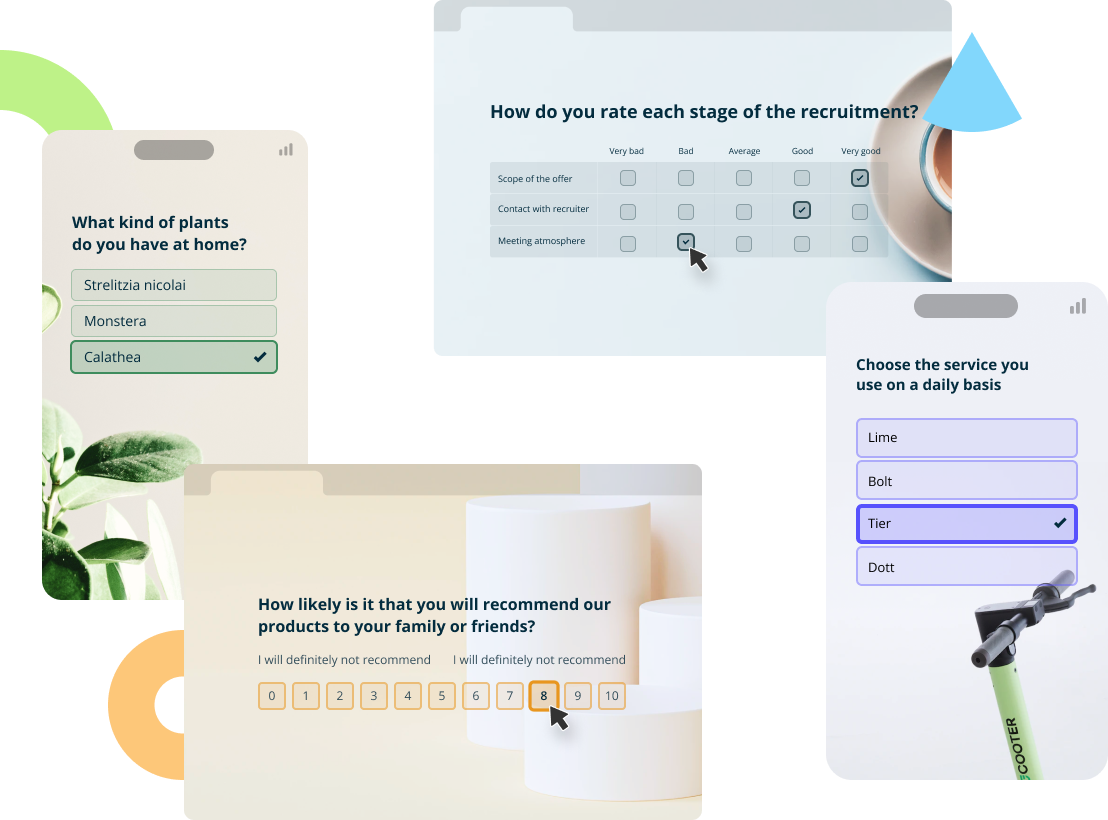Creating a positive workplace climate fosters employee satisfaction, productivity, and retention. However, achieving this goal can be challenging, especially with today’s workforce’s diverse needs and expectations. We’ll explore practical and proven strategies to help you build positive workplace culture and boost your organization’s bottom line.
How Do We Define Work Climate?
Unlike the catastrophic consequences of climate warming for the world, climate change in an organization can be a positive and desirable phenomenon. Let’s define it at the start to be on the same page.
What Is a Work Climate [Definition]?
Work climate, also known as organizational climate, refers to the overall atmosphere or environment of a workplace. It encompasses the attitudes, company values, and behaviors of employees, as well as the physical and social workplace environment.
The work climate can be influenced by a variety of factors, including the leadership style of managers, the level of employee engagement, the degree of trust among coworkers, the communication patterns within the company, and the overall organizational culture.
Startquestion is a platform for collecting feedback from employees (and candidates), allowing for easy data analysis and sharing of conclusions in the organization in an accessible way without technical or research knowledge.
Work Climate vs. Work Culture
Work climate and work culture are related concepts, but they refer to slightly different aspects of the workplace environment.
Organizational Climate vs. Culture
Work culture refers to the company’s mission, shared values, beliefs, organizational structure, attitudes, and behaviors that characterize an organization. It encloses the overall personality of the workplace and defines the way employees interact with each other, management, and customers. The work culture includes elements such as communication styles, dress codes, work-life balance, and the way the organization approaches innovation and change.
On the other hand, work climate refers to the immediate atmosphere or mood of the workplace, which is influenced by the current employees, management, and external factors such as the economy, competition, and industry trends. Work climate focuses on how employees perceive and experience the work environment, including factors such as safety, morale, job satisfaction, and employee engagement.
TL;DR
Company culture is the underlying set of values and beliefs that shape the workplace personality, while work climate is the immediate and tangible manifestation of those values and beliefs in the day-to-day experience of employees.
Ready-to-use HR Survey Templates
Click here for more HR surveys examples.
How to Create a Positive Work Environment
Enough theory. It’s time for practice and a handful of proven tips on how to improve organizational climate. Here’s what human resource management can do to create a more positive working environment and better employee experience.
Support Work-Life Balance
In a healthy organization, employees understand the importance of the company’s goals. Measurable and achievable targets motivate the entire team to act. However, it is worth maintaining a balance between the professional work and the private life of the staff. Respecting working hours and supporting employees’ passions is an excellent culture-building tool and shows the friendly face of an employer.
Share Feedback
Recent research suggests that we want more feedback at work. Whether positive or negative, 63% of employees need to hear more often from their managers about their current performance (Unleash). Don’t hesitate to share feedback with your team daily. Engaged and happy employees will appreciate honesty and straightforward tips that will help them achieve organization’s goals and help the company build a positive workplace atmosphere.
Always Be Honest
The basis of strong relationships is honesty and every activity that promotes transparency. Improve company culture by showing top-down that any feedback, especially negative ones, can be turned into adjustments. Support the development of a feedback culture to boost team morale and help your company thrive.
Communicate Your Expectations
Encourage autonomy to motivate staff to act positively and signal to your people that you believe in their talents and capabilities. Speak openly about what you expect both from stationary and remote employees. The lack of clearly defined goals, strategies, and expectations towards the team or a specific specialist has a demotivating effect and lowers employee morale.
Support the Personal Growth of Your Employees
Regardless of the industry, constantly developing employees’ competencies is essential. Encourage employees to take advantage of training and courses to improve their professional qualifications. Prepare a budget that everyone can allocate for development at their discretion or after consultation with the supervisor. Investing in staff contributes to a positive work climate, raises morale, and strengthens employee-company relationships.
Acknowledge Positive Results and Accomplishments
Whipping workers were fashionable in ancient Egypt while building pyramids. Nowadays, most employees need a different leadership style to improve productivity. Good managers look not only at big goals (annual or quarterly) but small steps that lead to a happy ending. By entering concern for the well-being of employees in the company’s core values and appreciating small successes, you can significantly affect the entire organization’s success.
Develop Employee Recognition Program
When employees feel valued it is easier to have a positive organizational climate. Developing an employee recognition program can have numerous benefits for both employees and the organization. It can help improve employee morale, engagement, and retention, while fostering a positive environment and retaining top talents.
ESAT Survey for HR
With the employee satisfaction survey (ESAT) you can easily get clear and valuable data, which can make your workplace friendlier.
Steps to Create Better Work Climate
Creating a better work climate from scratch can be challenging, but there are several steps you can take to improve it. Here are five suggestions to achieve your goal. Following them, you can develop a better work climate that promotes productivity, collaboration, and employee satisfaction.
1. Lead by Example
Any changes to the entire organization will only take effect with the knowledge and full support of the management. If the current climate is terrible, HR managers must make it clear to board members that they directly impact this state of affairs.
When planning to improve the employee experience, ensure the management board is prepared for these steps and will support and implement them by inscribing excellent workplace culture in the organization’s core values.
2. Provide Great Onboarding & Opportunities for Growth
It is worth showing from the beginning of the employee journey that continuous improvement and raising qualifications are in the interest of both the employer and the employee.
Take care of effective onboarding, and offer opportunities for employees to develop their skills and knowledge through training programs, mentoring, or job rotations. Moreover, giving employees growth opportunities can increase job satisfaction and help them feel valued.
3. Improve Workplace Culture
Show that feedback culture is not an empty slogan. Listen carefully to your employees and draw conclusions that will improve their satisfaction (and productivity). Encourage open communication among employees, managers, and teams.
Create an environment where people feel comfortable expressing their thoughts and ideas. Promote building relationships with one another. Provide team-building activities, social events, or volunteer opportunities. Building a sense of community can help create a more collaborative and supportive work environment.
4. Find a Balance between Goals and the Employee Experience
Do you know the series Silicon Valley? One scene stuck in my mind. A group of programmers sits on the roof of the company’s headquarters. They have nothing to do. Are they satisfied? Of course not.
No extreme in a company is a good idea, whether it’s a goal-oriented only strategy or hoping for a miracle in a sea of chaos. Most of us come to work not only to earn a living. We work to develop ourselves. Wisely set tasks may only motivate us. Therefore, a positive organizational climate requires a golden mean between focusing on results and having fun.
5. Ask to Find Out How Your Employees Feel
We will not hide that we are a platform for comprehensive employee research. Startquestion (with no coding skills) allows HR specialists to quickly prepare and send online surveys and automatically collect and analyze the results obtained. Well-prepared questionnaires will enable you to measure staff satisfaction throughout the employee journey.
Much of the information obtained in this way will allow you to measure the organizational climate. An onboarding survey will verify the effectiveness of the implementation of a new person; a systematic pulse check will allow you to catch trends and disturbing phenomena affecting staff morale, and the cyclical employee Net Promoter Score will check whether our employees would recommend the company as an employer to their family or friends.
Interesting data from the point of view of company culture and work environment will also be provided by annual satisfaction surveys, pulse surveys, 360-degree surveys, and exit interviews. The latter study is one of the few that guarantees 100% sincerity of respondents. If the departing employees have something on their mind, here’s the opportunity to hear it out.

Let Us Help You Improve Your Workplace Culture
The work climate plays a critical role in determining the level of job satisfaction and overall well-being of employees, as well as the effectiveness and success of the organization.
Do you want to change the current organizational climate and make it more employee friendly?
You are in the right place.
With Startquestion, you can ask the right questions to the right people and easily share results within the organization. Automatically generated, personalized reports greatly facilitate the daily duties of HR specialists.
Our tool may help you measure the satisfaction and commitment of your people to improve organizational culture based on the collected feedback. We will be more than happy to present you how it works during a demo call.








